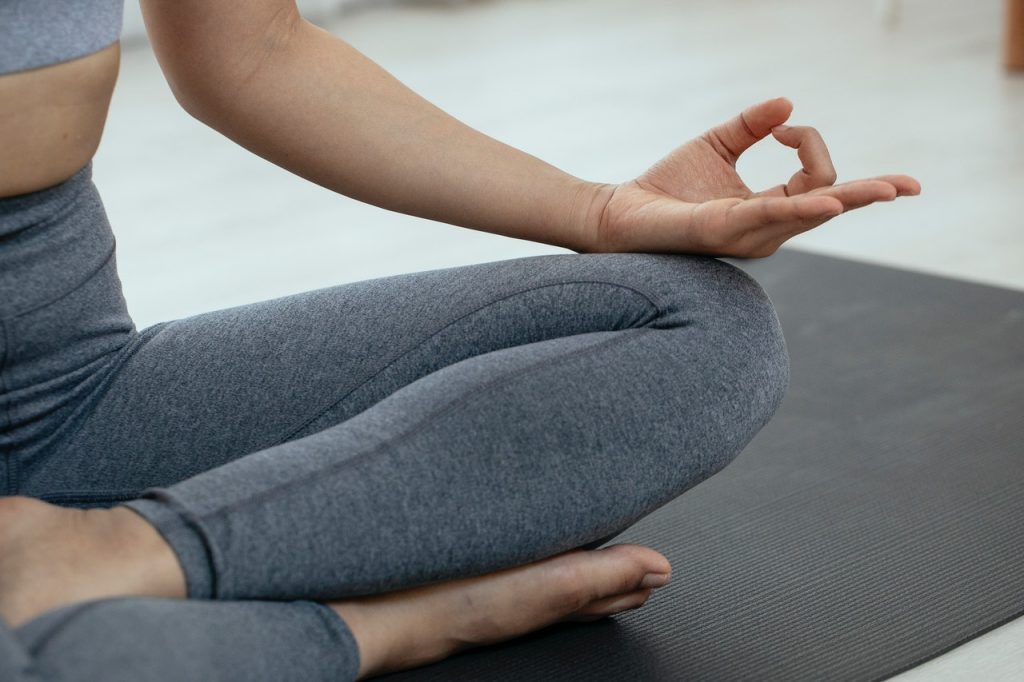Positioning

What’s this all about? Well in marketing terms, it’s where you exist in the market you operate in. Equally where you pitch your product or service to your clients. We as printers recognise that we are a valuable tool in your marketing communications arsenal. We like to make sure that you use your materials wisely.
Understanding where you and your business is at is highly important to help you to move forward. The last 2 years have seen markets shift monumentally with the advent of how digital tools are used not just in marketing but in the delivery of content and knowledge.
A recent conversation with one of our clients in the personal fitness business was highly enlightening about the issue of market positioning. Why? Personal Trainers have seen the digital tools which they used during the lockdown, now take the lead for convenience with certain sectors of their customer base. The added issue is that it has price point dropped due to lower delivery costs and retention concepts used during the COVID lockdowns.
So, when running your business, you look at your costs both direct and indirect which informs your price point together with your margin. When you are professionally established and have an offering that is delivered at that level there is a significant challenge in the 4 P’s of marketing (Price / Place / Promotion / Product).
So, looking at this PT, if the usual position in the market is swamped with low price offering, then the long-term goal is to deliver in a different place, as the business is geared up for a certain standard of delivery, it probably is easier to apply to a higher market and focus on a higher return for a slightly upgraded serviced product, rather than a downgrade.
How to make this work, we would suggest, that researching the local area, to identify where the potential higher value clients could be. This could be using LinkedIn to find local businesses and individuals within those businesses, supplementing this with other online searches, would also help. Why identify individuals? Being targeted and direct reaps a higher level of response and engagement.
The essential part of the pitch is recognising the potential clients’ challenges and pain points. Addressing them in clear messages. Consideration of the customer journey of what will trigger and support potential actions is essential. Online content will probably be less critical, as it will be a point of confirmation rather than an initial starting point. A possible starting point perhaps should be a bespoke, personalised piece of mail. I almost said direct mail, but this needs to be the level above a piece of DM, it needs to demonstrate a personal approach, attentive pitch. Clever use of some relevant online content, such as a white paper or a planning tool or other want to have exclusive online content, on a hidden URL, which is only accessed from the personal mail. This can then be used as a point of confirmation of a “bite”.
Building a more strategic approach to a higher value client acquisition is all about the customer journey. The tools you use will need to be highly focussed, tailorable and demonstrate true value add, from an intangible point. Materialistic add-ons won’t necessarily create the right bite, but referral and value add proposition from knowledge, empathy and the right service level will create value for both PT and their client.
This example also looks at the marketing strategy moving from being multi-channel, where all guns ablaze at the same time, to a strategic omnichannel, progressive approach.
So why does this matter to a print professional?
• Ensuring your marketing works, matters to us, we want your print to perform, even if it is a limited edition.
• The right triggers can transform your customer journey.
• Skimping on marketing mix tools does not help you.
• We want to see our customers achieve more, even if it is with fewer clients, but clients that have a higher retention rate and value.





